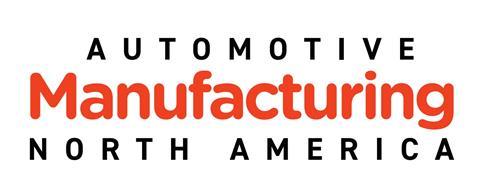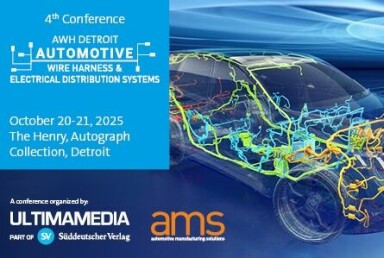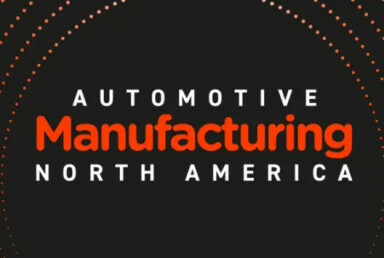Jaguar Land Rover restarts US shipments after pause, as UK fears being sidelined in American trade priorities under Trump’s protectionist stance
Jaguar Land Rover has restarted shipments to the United States after a month-long halt triggered by the threat of 25% tariffs, raising concerns over UK trade priorities and the impact on automotive exports.
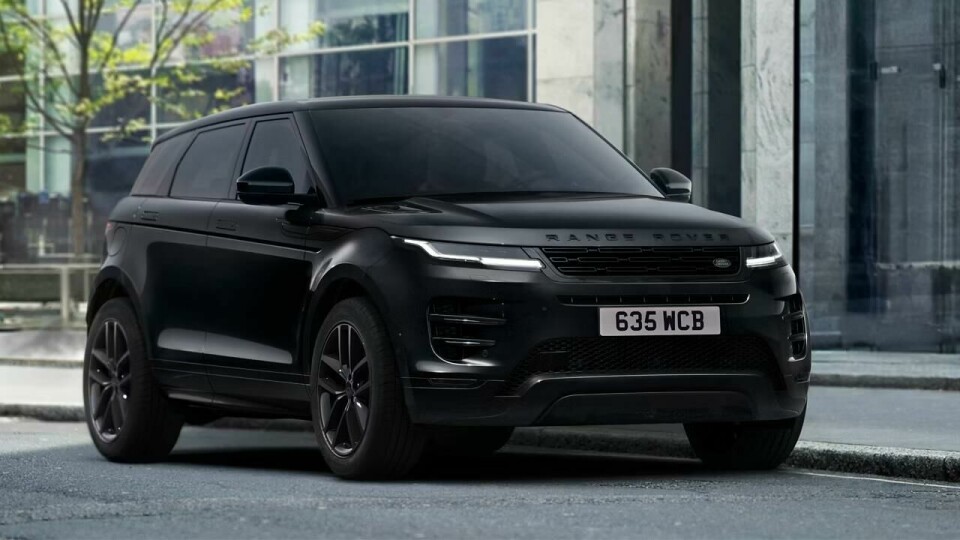
Update: Tariffs fall to 10% yet UK exports to US now capped at 100,000 vehicles under new trade deal
Jaguar Land Rover and other UK carmakers are now set to benefit from a new trade agreement between the UK and the US that reduces punitive automotive tariffs and offers temporary relief from escalating trade tensions. Under the deal, announced this week, tariffs on UK-built vehicles imported to the US will be capped at 10%, down from the 25% levy imposed in April. However, the agreement imposes a strict annual quota of 100,000 vehicles – a threshold that aligns closely with JLR’s typical export volumes to the US.
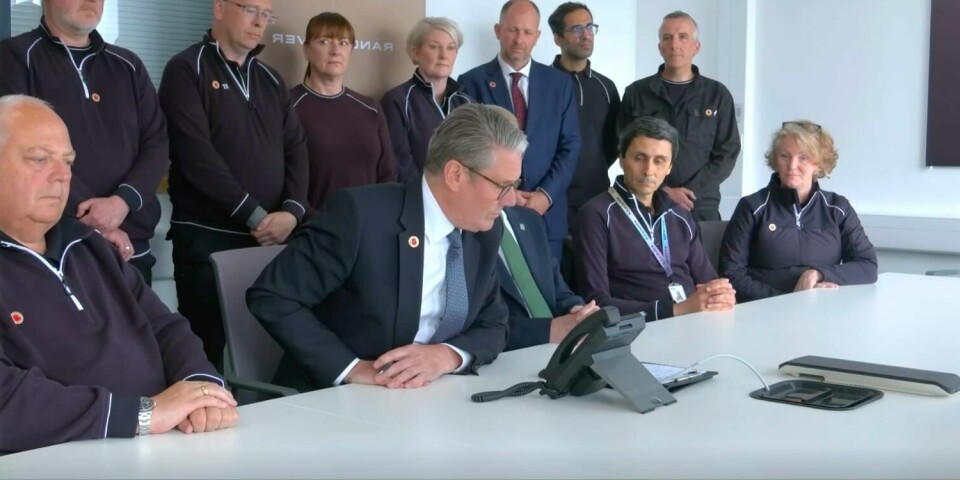
The cap means that any exports beyond the quota will still face the full 27.5% tariff, comprising the 25% penalty plus the 2.5% base rate.
While the revised terms provide some respite, they fall short of the pre-tariff baseline and introduce new limitations for British brands seeking growth in the US market.
Tariffs on steel and aluminium have also been cut to zero, although duties of 25% remain in place for a range of automotive parts as of May 3. UK prime minister Keir Starmer welcomed the deal during a visit to JLR’s West Midlands facilities, where he held direct talks with US president Donald Trump. “This is going to boost trade between and across our countries,” he said, calling it a step forward in protecting and creating jobs. Trump described the deal as a “comprehensive agreement” that would “cement the relationship between the US and the UK for many years to come.”
”While the 10% tariff provides a significant improvement over April’s peak rates, the 100,000-unit ceiling is expected to become a binding constraint for OEMs like JLR, whose US sales volume reached around 102,000 vehicles last year”
However, further details remain limited and the agreement falls short of a full-scale free trade pact. While the 10% tariff provides a significant improvement over April’s peak rates, the 100,000-unit ceiling is expected to become a binding constraint for OEMs like JLR, whose US sales volume reached around 102,000 vehicles last year. With tariffs on parts and other UK goods still in force, the long-term implications for automotive supply chains and investment decisions remain uncertain.
Tariff and error: JLR resumes US exports amid trade turmoil
Jaguar Land Rover has resumed shipments of vehicles to the United States, ending a self-imposed suspension that began on April 7. The Coventry-based manufacturer, owned by India’s Tata Motors, paused transatlantic exports as the White House pushed ahead with its threat of 25% tariffs on foreign-built cars. The first outbound shipments in nearly a month left Britain on Wednesday, bound for JLR’s largest overseas market.
The decision to restart shipments may signal a reluctant acceptance that American customers will be forced to bear the brunt of these tariffs. The price of the company’s lowest-cost Range Rover Evoque could rise by nearly $12,500 (£9,500), while the entry-level Range Rover could see a $27,000 increase, should the full effect of duties be passed onto consumers. Vehicles typically take around three weeks to reach the US, suggesting arrivals will begin by May 20. Unless a trade deal intervenes, they will be subject to the 25% tariff.
”The US is an important market for JLR’s luxury brands and 25 per cent tariffs on autos remain in place”
JLR’s vehicle production stays focused on North American market
JLR offered no explanation for its change in approach. A spokesman said, “The US is an important market for JLR’s luxury brands and 25 per cent tariffs on autos remain in place. As we work to address the new US trading terms with our business partners, we are enacting our planned short-term actions, as we develop our mid to long-term plans. We will give a further update in our full-year results in May.”
The company’s reticence has done little to allay concerns across the UK automotive sector, which remains exposed to the volatility of Washington’s trade policy. Reports this week suggested the UK is no longer a top priority in securing a trade agreement with the United States, with South Korea and other Asian countries now taking precedence.
Read more JLR stories
- 5G networking: How JLR is building smarter factories
- Smart factories and partners power JLR’s circular seat foam
- Hairpins and horsepower: how JLR’s copper loops are reshaping EVs
- UK fines carmakers and trade bodies £77m for green ad collusion
Yet the picture remains in flux. President Trump surprised many by easing his stance last week, announcing a suspension of tariffs on imported car parts and granting a reprieve on levies for aluminium and steel — critical components for automotive manufacturing. Whether this signals a broader shift in trade policy or a temporary pause remains unclear.
Jaguar Land Rover exported roughly 100,000 vehicles to the US last year, a quarter of its global sales volume. The company generated £6.5 billion in revenue from the United States in the 2023–24 financial year, more than from any other region. China followed with £5.4 billion, while revenues from the UK and the rest of Europe stood at £5 billion and £5.3 billion respectively. The brand’s American bestsellers include the Land Rover Defender and the Range Rover Sport, with celebrities such as Jennifer Lopez and Bruce Springsteen among its high-profile clientele.
How successful will localisation under duress be for automotive producers?
Despite persistent speculation over a possible US factory, JLR has continued to manufacture its vehicles in Europe for export to North America. While the long-term economic logic of establishing local production has become more persuasive under tariff threats, no formal move has yet been made.
Other British marques are also feeling the heat. Aston Martin recently said it had reduced US-bound shipments in response to the same protectionist measures. Rolls-Royce and McLaren, meanwhile, are somewhat insulated by their position at the upper end of the market. Their affluent buyers are less susceptible to price fluctuations, even under punitive import duties.
“In terms of price elasticity, it’s different with a Rolls-Royce client [compared to] a different car. But our clients are very astute business people as well,” Rolls-Royce Motor Cars chief executive Chris Brownridge noted in January.
Nonetheless, the return of JLR shipments is a reminder of how deeply embedded British automotive exports remain in global politics. The company employs 38,000 people in the UK, and its future sales growth hinges on its ability to navigate an increasingly fragmented trade landscape. While its short-term response is underway, the mid and long-term strategies will need to contend with a reordering of international trade relations and the uncertain whims of American policy.
